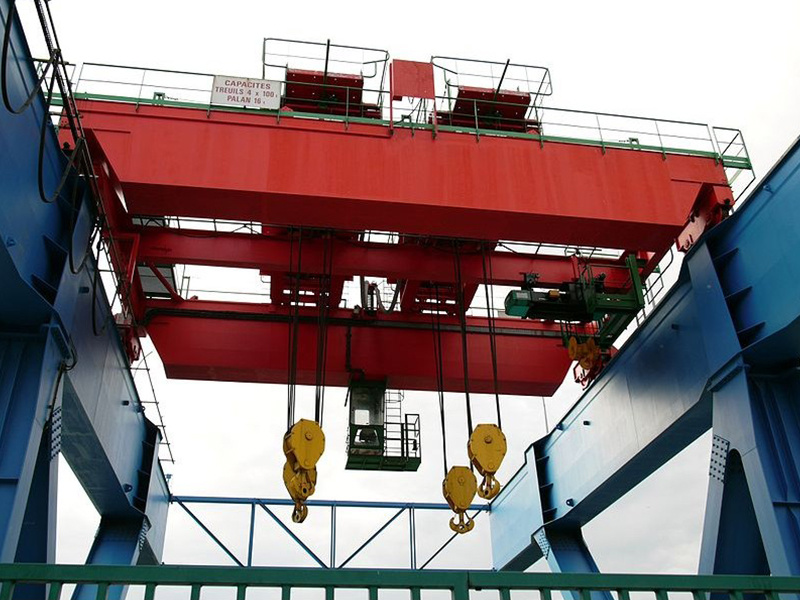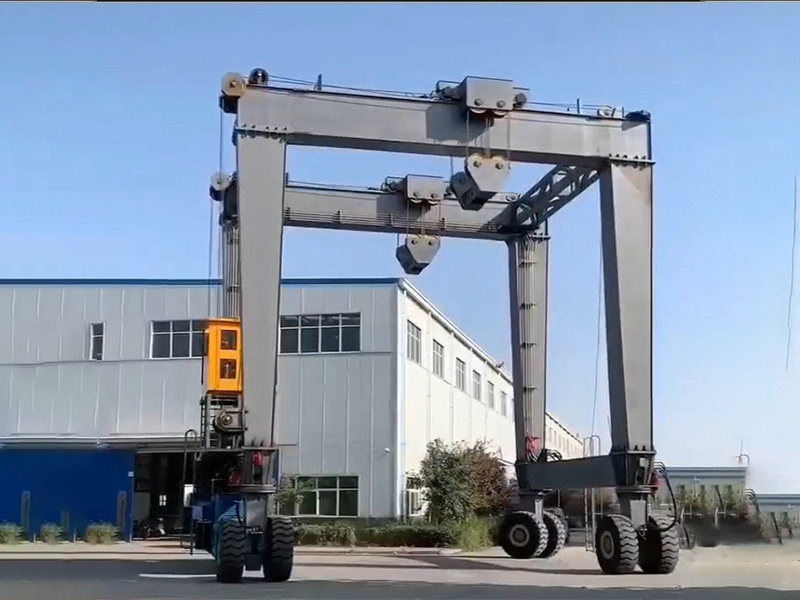Henan Aifite Intelligent Equipment Co., LTD.
Products
Product Introduction
**Fixed Column Cantilever Crane**
In the realm of material handling and industrial operations, cranes play a pivotal role in enhancing efficiency and productivity. Among the various types of cranes, the fixed column cantilever crane stands out for its unique design and functionality. This article delves into the characteristics, advantages, applications, and maintenance of fixed column cantilever cranes, providing a comprehensive overview for industry professionals and enthusiasts alike.
**Understanding Fixed Column Cantilever Cranes**
A fixed column cantilever crane is a type of crane that consists of a vertical column anchored to the ground and a horizontal arm or cantilever that extends from the column. The cantilever is typically equipped with a hoisting mechanism that allows it to lift and move heavy loads within a specified radius. Unlike traditional cranes that have a rotating base, fixed column cantilever cranes remain stationary, making them ideal for operations in confined spaces.
The design of a fixed column cantilever crane is characterized by its robustness and stability. The vertical column is constructed from high-strength materials, ensuring it can withstand significant loads and environmental factors. The cantilever arm is often adjustable, allowing for versatility in handling various types of materials.
Technical Specification:
| Fixed Column Cantilever Crane | fixed column cantilever crane |
| Rotation angle | 90/180 /270 /360 Degree |
| Rated Loading Capacity | 10t |
| Max. Lifting Height | 9m |
| Cantilever length | up to 12m |
| Power supply | AC-3Phase-220/380/400/415/440V-50/60Hz |
| Rotating speed | 0.5-0.8r/min |
| Working Duty | M3/M4/M5 |
**Advantages of Fixed Column Cantilever Cranes**
One of the primary advantages of fixed column cantilever cranes is their space-saving design. Since they do not require a large footprint and operate within a fixed radius, they are perfect for warehouses, factories, and other facilities with limited space. This compact design allows for optimal use of available space while maximizing lifting capabilities.
Another significant benefit is the increased safety they provide. The fixed nature of the column minimizes the risk of tipping or swaying, which can occur with mobile cranes. Additionally, operators can work from a stable platform, reducing the chances of accidents during lifting operations. This inherent stability makes fixed column cantilever cranes a preferred choice in industries where safety is paramount.
Moreover, these cranes are highly efficient. With their ability to lift heavy loads and maneuver them with precision, they significantly reduce the time and labor required for material handling. The fixed column design allows for quick loading and unloading processes, enhancing overall operational efficiency.
**Applications of Fixed Column Cantilever Cranes**
Fixed column cantilever cranes are utilized in various industries, including manufacturing, construction, and logistics. In manufacturing settings, these cranes are often employed for assembly line operations, where they facilitate the movement of heavy components and materials. Their ability to lift loads to different heights makes them indispensable in production facilities.
In construction, fixed column cantilever cranes are used for lifting heavy materials such as steel beams, concrete blocks, and other structural components. Their stability and precision are crucial in ensuring that materials are placed accurately and safely, contributing to the overall success of construction projects.
Logistics and warehousing also benefit from the use of fixed column cantilever cranes. These cranes can quickly move goods from delivery trucks to storage areas, streamlining the supply chain process. Their ability to operate in tight spaces makes them particularly useful in warehouses where space optimization is essential.
**Maintenance of Fixed Column Cantilever Cranes**
To ensure the longevity and reliability of fixed column cantilever cranes, regular maintenance is crucial. Operators should adhere to a routine inspection schedule, checking for any signs of wear and tear, particularly on the hoisting mechanism and the cantilever arm. Lubrication of moving parts is essential to prevent friction and ensure smooth operation.
Additionally, it is vital to monitor the structural integrity of the vertical column. Any signs of corrosion, cracks, or other structural issues should be addressed immediately to prevent accidents. Regular maintenance not only extends the life of the crane but also enhances safety for operators and other personnel in the vicinity.
Training for operators is another critical aspect of maintenance. Ensuring that crane operators are well-trained in safety protocols and operational procedures can significantly reduce the risk of accidents. Understanding the limits of the crane's lifting capacity and adhering to weight restrictions is essential for safe operations.
**Conclusion**
In conclusion, fixed column cantilever cranes are invaluable assets in various industrial settings. Their unique design, safety features, and efficiency make them a preferred choice for material handling tasks. As industries continue to evolve and demand for efficient operations grows, the role of fixed column cantilever cranes will undoubtedly remain significant. By understanding their advantages, applications, and maintenance requirements, businesses can harness the full potential of these cranes, ensuring safe and efficient material handling in their operations.
Keyword:
Feedback
Leave a message online and get the product quotation free of charge. We will arrange the specialist to contact you as soon as possible.







